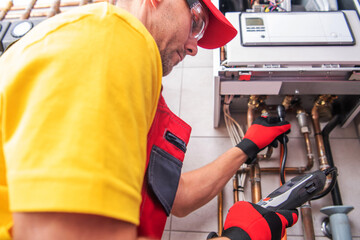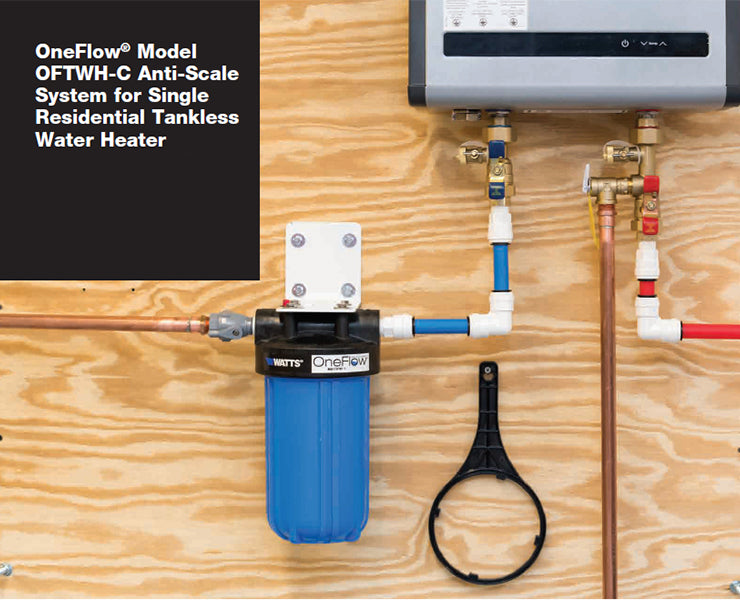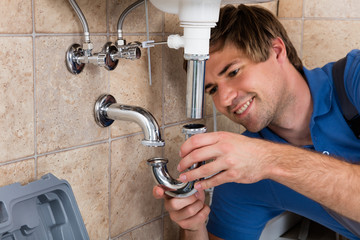If you’re planning on having hardwood floors installed, it’s important to hire a professional for the job. They’ll help ensure your flooring is installed correctly and meets the manufacturer’s guidelines.

A good contractor will explain the entire process, including removing existing flooring and moving furniture. They’ll also discuss how they plan to handle any problems that might occur during installation.
When you hire a hardwood flooring contractor, make sure they have a good deal of experience installing hardwood. They will be able to handle any challenges and ensure the floors are installed properly.
They should also have a portfolio of their work to show you the quality of their work. It is also a good idea to ask for references from past customers, as this will help you determine the level of professionalism and performance of the contractor.
A hardwood floor is a large investment and should be handled with care. The right hardwood flooring contractor can save you time and money by ensuring the installation is done right.
It is not only important that your hardwood flooring contractor has a lot of experience, but they should also have a great reputation in the industry. Look for a company that is a member of the National Wood Flooring Association (NWFA) and has a good track record of customer satisfaction.
You should also ask your potential contractors how long they have been in business. While some contractors may have been in business for years, others will have only been in the industry for a few months. This can make it difficult to assess a contractor’s quality of work.
Having a professional contractor complete your project can add value to your home and increase the marketability of your property. They will be able to complete the job quickly and efficiently while maintaining the highest standards.
Another key consideration in choosing a contractor is their experience with different types of wood and flooring materials. This is because hardwood comes in a wide range of colors, appearances, and styles.
One of the most popular types of hardwood is solid wood, which consists of planks that are made from certain tree species like maple, cherry, oak, and walnut. These are durable and can be refinished multiple times.
Engineered wood, on the other hand, is manufactured from multiple layers of wood. It offers some of the same durability as real wood but is usually more affordable.
In addition, engineered hardwood is often less prone to warping and other issues that can occur with real wood. This makes it a popular choice for many homeowners, especially in areas where the weather is cold or humid.
Hardwood flooring is a major investment, and the contractor you choose will make a big difference in how your floor turns out. That’s why you should take the time to find a qualified professional for the job.
The best way to find a reputable hardwood flooring contractor is to talk to their references. These are usually happy customers who will be willing to tell you all about the experience they had with the contractor and their quality of work.
Ask for at least three references, and ensure the contractor has a mix of recent and older customers. If they don’t, you should move on to another contractor.
You also want to see if they are members of the National Wood Flooring Association. This is a sign that they are highly trained and follow industry guidelines for installation.
Once you’ve found a reputable contractor, you should get a quote for the project. This will give you an idea of how much the job is going to cost and what type of materials they plan to use.
One of the most important questions to ask your contractor is how long they’ve been in business. If they haven’t been in business for a long time, you could be looking at a fly-by-night contractor who will cut corners to save money and end up doing a poor job.
Another important question is how they will handle unexpected issues during the installation process. If they don’t have the proper equipment or aren’t familiar with industry guidelines, they won’t be able to take care of any problems that arise during the project.
You should also make sure the company is fully licensed, bonded, and insured. This will protect you if they cause any damage to your property or have an accident while working in your home.
A hardwood floor installer should be able to provide you with a timeline for the project. This is a key factor in determining how long the entire process will take, including the delivery of materials and acclimation time.
It is essential that your wood floors acclimate to the moisture content of your home before they’re nailed down. This means your contractor should be taking moisture meter readings and making adjustments to the subfloor until the flooring is in the correct moisture range for your environment.
A warranty on your new hardwood floors is a great way to make sure you’re not stuck with a floor that looks bad. It’s also a way for a company to stand behind their products and build a trusting relationship with their customers.
Most warranties have specific instructions that must be followed in order for them to remain valid. One of these is the language that says something like “if properly installed and maintained.” This means that the floor must be installed according to the manufacturer’s specifications, or the warranty will not be valid.
Another important component of a warranty is that it must be in writing to be effective. While this may be a pain, it’s an important step to take to ensure that the warranty is enforceable and that you’re not left paying for a product that isn’t covered by the contract.
Lastly, a good flooring contractor will hold the necessary licenses and bonding to protect you and your home from any damage that might happen while working on your floors. You can use the Angi License Check tool to find out if a contractor is licensed in your area and what type of insurance they have.
In addition, you should ask a potential flooring contractor to provide a few references from previous customers. These should be a mix of recent and older customers, so you can get an idea of how the company operates in the real world.
It’s also a good idea to ask for photographs of the hardwood floors they’ve worked on. This will give you a better idea of the quality of work that they do and how happy their clients are with their finished floors.
You should also make sure to ask about their experience in the field and how long they’ve been in business. You want to know that they’ve been in business for a while and are able to handle the demands of a major installation project.
The best way to ensure that you’re getting the right flooring for your needs is to choose a reputable and well-known brand. A good hardwood flooring contractor will be able to guide you through the process of selecting the right flooring for your home. They can also offer samples of their work to help you determine which products would suit your taste and your budget.
Hardwood floors are an excellent investment as they can add significant value to a home, and they’re also a great way to give any room a new look. However, installing hardwood flooring is a project that’s best left to a professional contractor.
Before choosing a hardwood flooring contractor, ask for a quote from several contractors and compare the estimates. This will help you decide who offers the most competitive pricing and who provides good value for your money.
The cost of hardwood floor installation depends on a number of factors, including the species of wood you choose and your geographical location. For example, if you live in an area with a lot of heat, your flooring may need to be resistant to temperature changes. Engineered flooring can be a better option than solid hardwood because it resists warping and splintering when exposed to extreme temperatures.
Your flooring contractor will charge based on the square footage of the room to be installed. In addition, you’ll pay for a “cut allowance,” or waste factor, to account for scraps that the installer will have to cut from the wood flooring.
Depending on the wood you choose, hardwood installation costs can range from $6 to $23 per square foot. The cost will also depend on whether the project is done using planks or strips.
In general, planks are more affordable than strips. But they require more labor and can be more difficult to install.
If you’re installing a hardwood floor in a room with large windows, a contractor may need to work around the natural sunlight to make it look its best. This can increase the time it takes to complete the project, and you’ll want to discuss this with your contractor ahead of time.
Another thing to consider is whether your flooring contractor offers a warranty on their work. This can be an added bonus for homeowners who want to avoid the hassle of dealing with any unforeseen issues later on.














